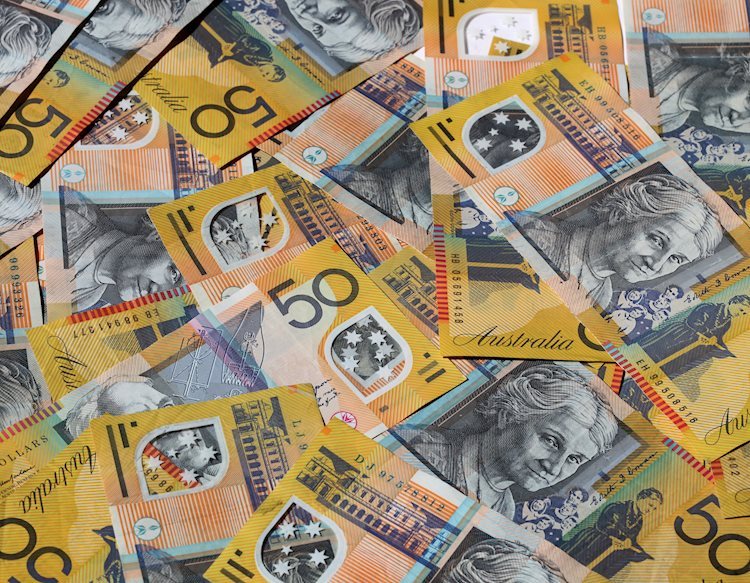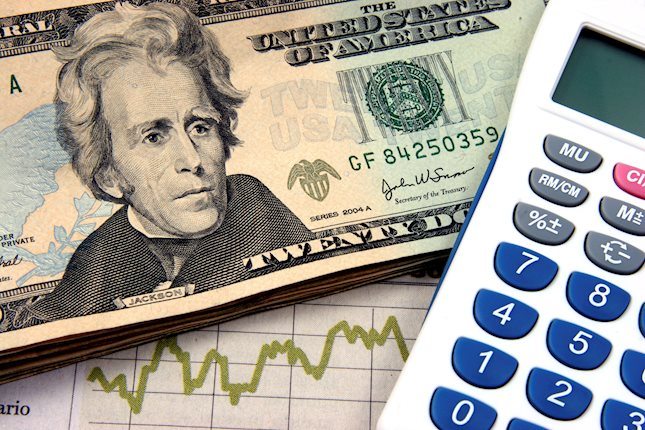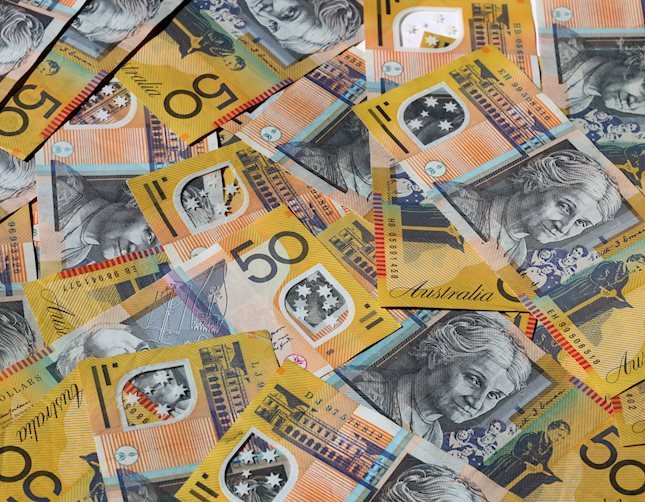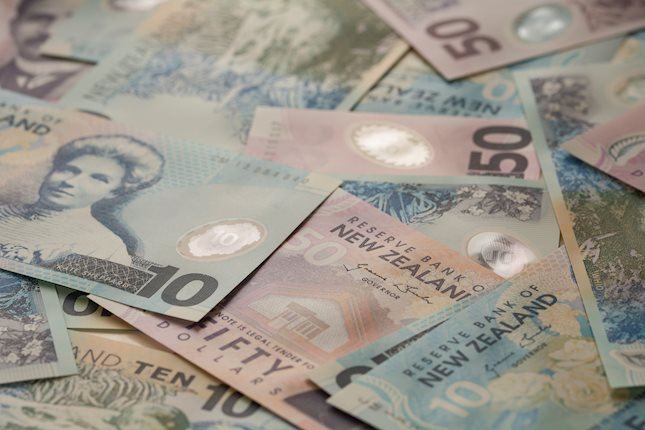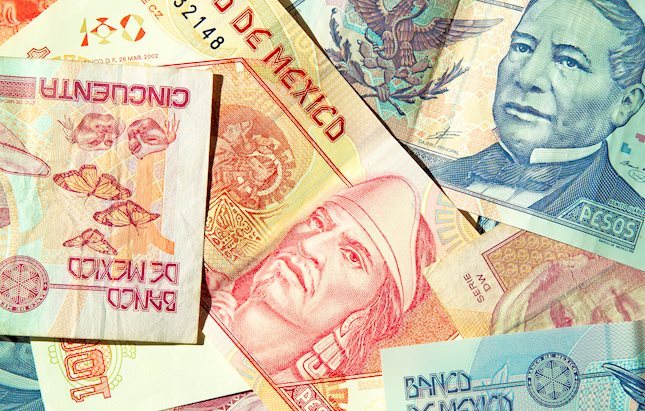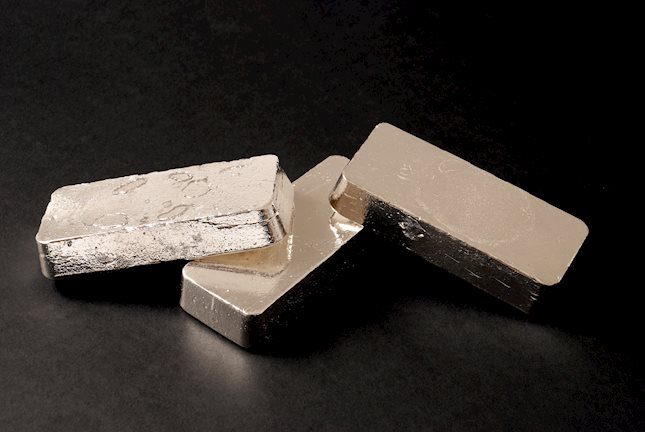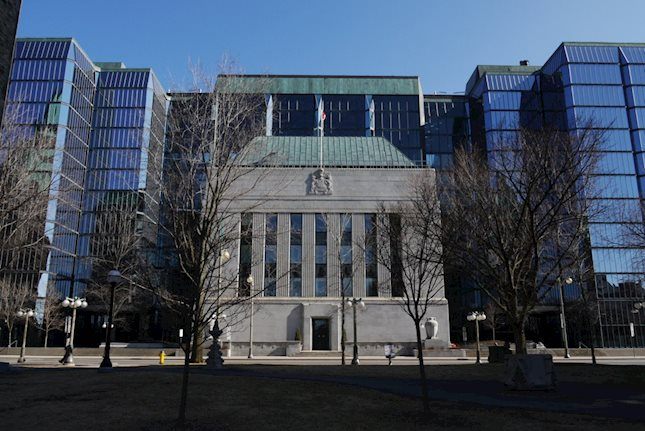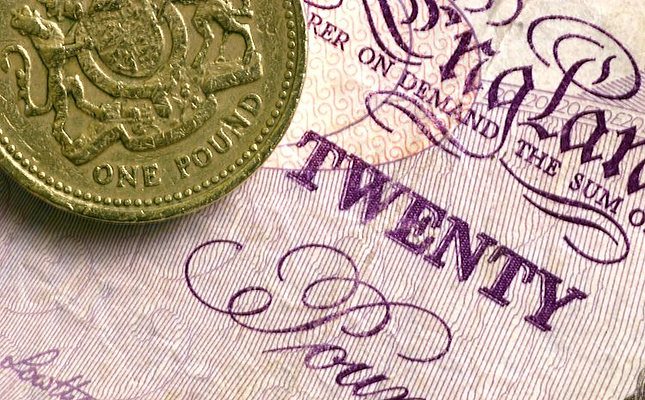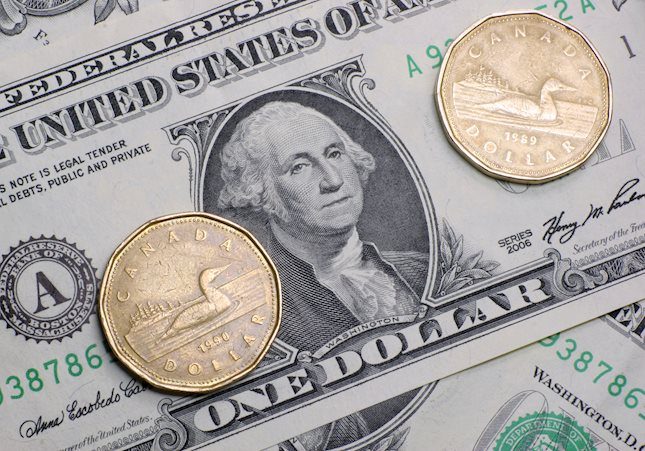Australian Dollar plunges as demand veers back to the USD
- AUD/USD plunges due to intensified US Dollar buying, reaching fresh lows near 0.6630.
- Renewed selling pressure pushes AUD/USD beneath the key 200-day SMA.
- Higher US Treasury yields and economic divergences favor the USD.
The AUD/USD pair declined by 0.97% to 0.6620 in Wednesday's session, driven by intensified US Dollar buying and concerns over China's stimulus measures. Renewed selling pressure pushed AUD/USD beneath the key 200-day SMA, highlighting the pair's vulnerability in the current market environment.
Financial markets now anticipate 50% odds of a mere 0.25% reduction in interest rates in 2024 by the RBA, which might benefit the Aussie and limit its downside.
Daily digest market movers: Australian Dollar dips amid robust US Dollar demand, lower Chinese stimulus hopes
- AUD/USD weakened amidst the robust US Dollar and waning hopes for Chinese stimulus measures.
- The International Monetary Fund (IMF) updated the growth forecast of the US economy, which benefited the USD.
- The Greenback also is gaining due to higher US Treasury yields.
- The US will report S&P PMIs data on Thursday, which might also shake the pair by the end of the week.
AUD/USD technical outlook: Bearish momentum intact despite ranging sessions
The Relative Strength Index (RSI), at 33, is near the oversold area with a sharply declining slope, suggesting that selling pressure is rising. The Moving Average Convergence Divergence (MACD) histogram is red and rising, further confirming the bearish outlook.Volume remains steady, but today's sharp 1% decline suggests increased selling interest. Support levels lie at 0.6650, 0.6600 and 0.6550, while resistance stands at 0.6700, 0.6750 and 0.6800. The overall bearish trend remains intact, indicating continued downward momentum in the short term.
RBA FAQs
The Reserve Bank of Australia (RBA) sets interest rates and manages monetary policy for Australia. Decisions are made by a board of governors at 11 meetings a year and ad hoc emergency meetings as required. The RBA’s primary mandate is to maintain price stability, which means an inflation rate of 2-3%, but also “..to contribute to the stability of the currency, full employment, and the economic prosperity and welfare of the Australian people.” Its main tool for achieving this is by raising or lowering interest rates. Relatively high interest rates will strengthen the Australian Dollar (AUD) and vice versa. Other RBA tools include quantitative easing and tightening.
While inflation had always traditionally been thought of as a negative factor for currencies since it lowers the value of money in general, the opposite has actually been the case in modern times with the relaxation of cross-border capital controls. Moderately higher inflation now tends to lead central banks to put up their interest rates, which in turn has the effect of attracting more capital inflows from global investors seeking a lucrative place to keep their money. This increases demand for the local currency, which in the case of Australia is the Aussie Dollar.
Macroeconomic data gauges the health of an economy and can have an impact on the value of its currency. Investors prefer to invest their capital in economies that are safe and growing rather than precarious and shrinking. Greater capital inflows increase the aggregate demand and value of the domestic currency. Classic indicators, such as GDP, Manufacturing and Services PMIs, employment, and consumer sentiment surveys can influence AUD. A strong economy may encourage the Reserve Bank of Australia to put up interest rates, also supporting AUD.
Quantitative Easing (QE) is a tool used in extreme situations when lowering interest rates is not enough to restore the flow of credit in the economy. QE is the process by which the Reserve Bank of Australia (RBA) prints Australian Dollars (AUD) for the purpose of buying assets – usually government or corporate bonds – from financial institutions, thereby providing them with much-needed liquidity. QE usually results in a weaker AUD.
Quantitative tightening (QT) is the reverse of QE. It is undertaken after QE when an economic recovery is underway and inflation starts rising. Whilst in QE the Reserve Bank of Australia (RBA) purchases government and corporate bonds from financial institutions to provide them with liquidity, in QT the RBA stops buying more assets, and stops reinvesting the principal maturing on the bonds it already holds. It would be positive (or bullish) for the Australian Dollar.
Forex News
Keep up with the financial markets, know what's happening and what is affecting the markets with our latest market updates. Analyze market movers, trends and build your trading strategies accordingly.
